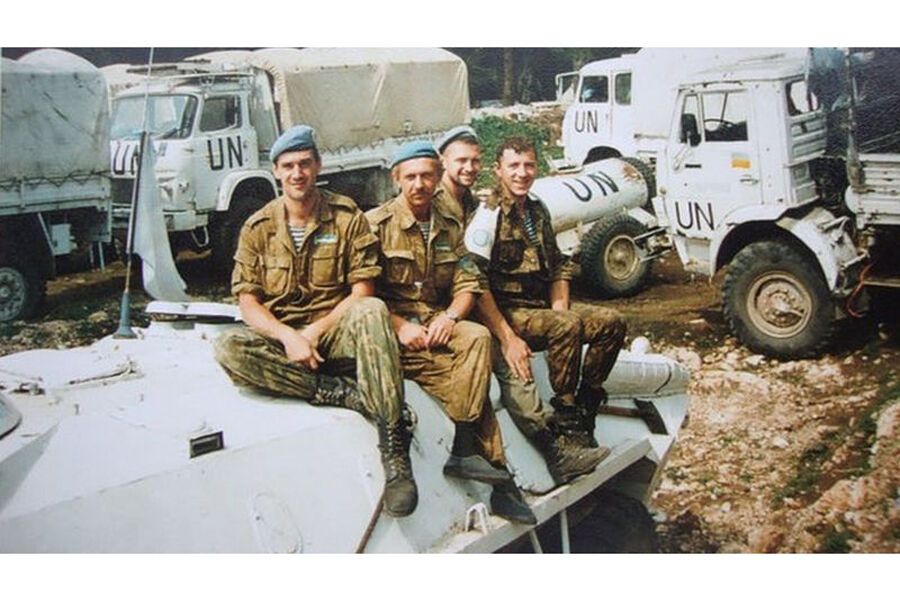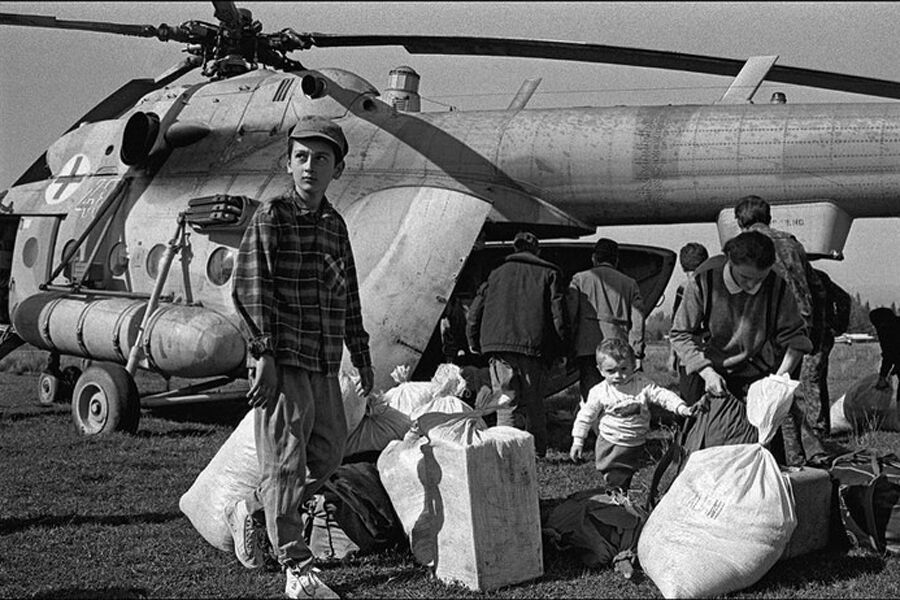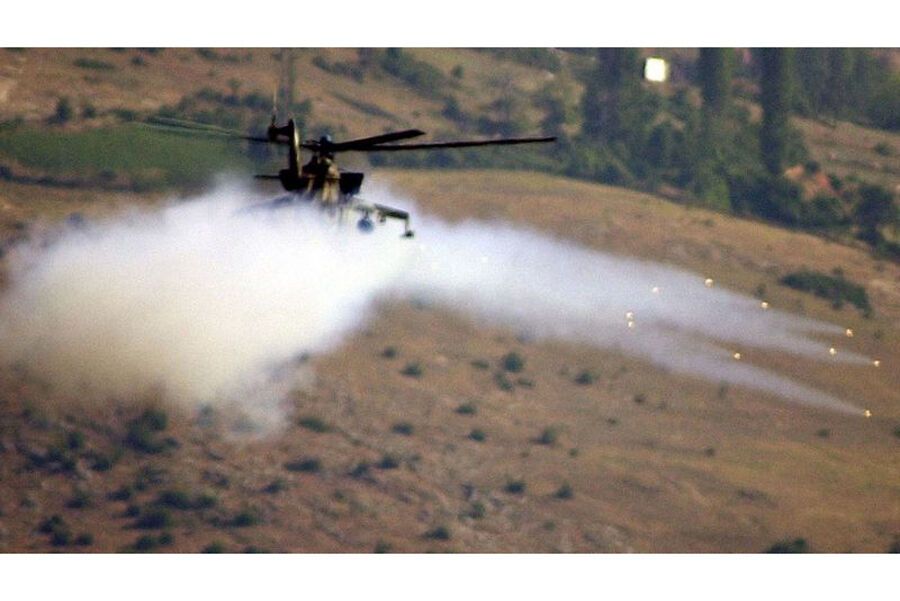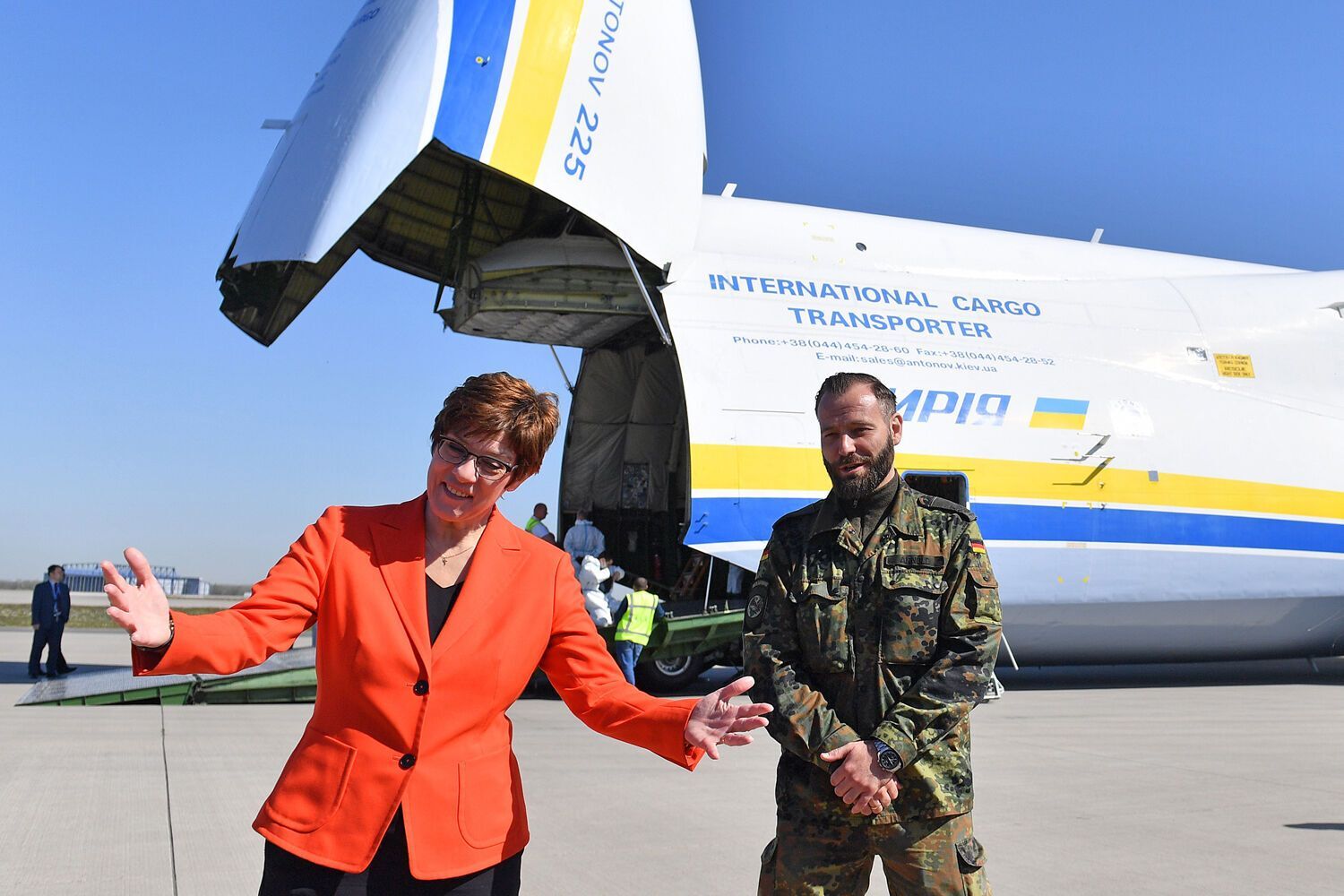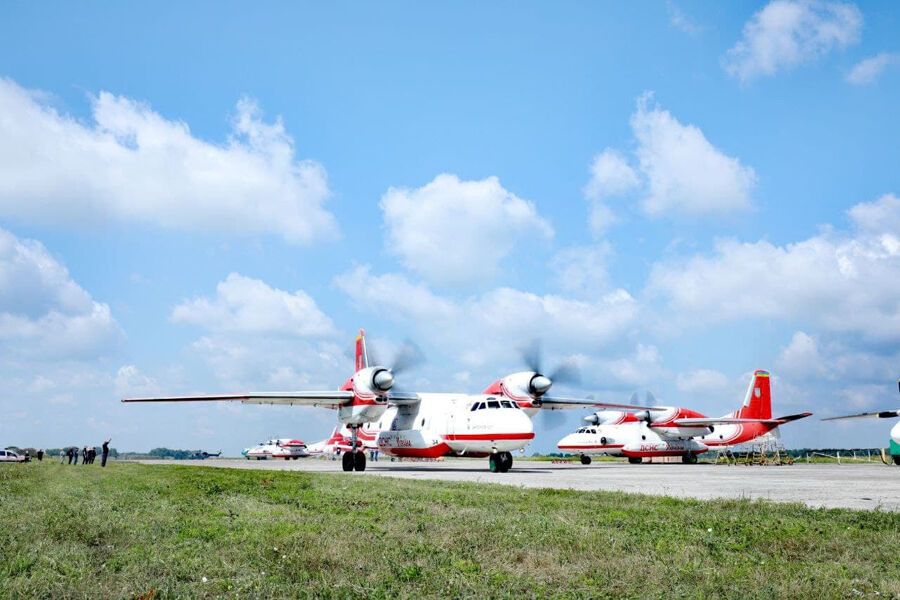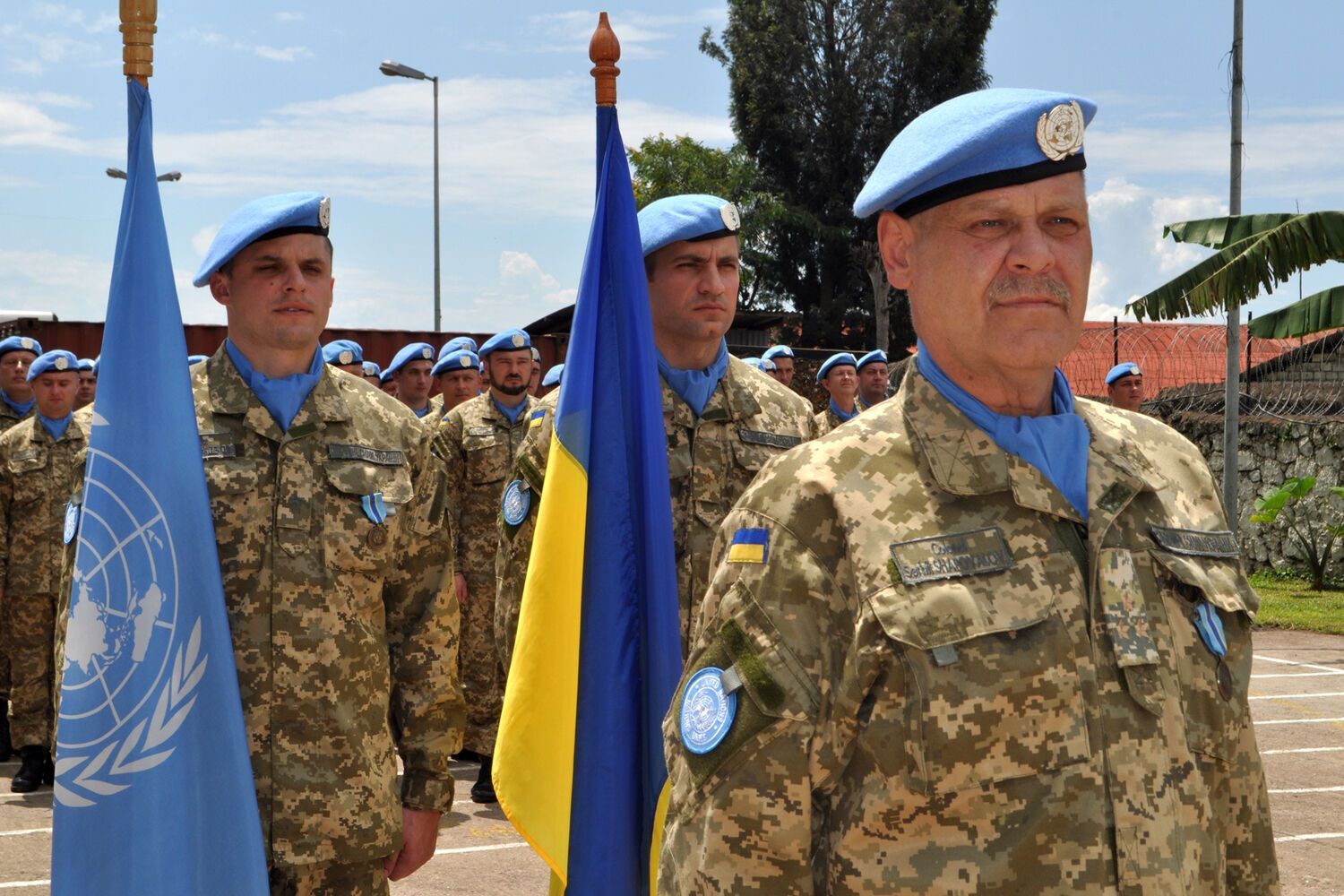World
At least 27 operations: in which peacekeeping and rescue missions Ukraine participated
Almost any country can face such a large-scale problem as armed aggression, natural disasters, epidemics, or economic crisis. Since regaining its independence and before Russia's full-scale invasion, Ukraine has been an active participant in international humanitarian missions and peacekeeping operations.
The Ukraïner project writes about this. As of December 2022, Ukraine was a member of 81 international organizations, where, along with other countries, it addressed global political, environmental, humanitarian, economic, law enforcement, and other important issues.
It is noted that about 45,000 Ukrainian military personnel have participated in at least 27 international peacekeeping and security operations since the restoration of independence.
Ukraine helped other countries long before a full-scale invasion, both within the framework of international organizations and on its own. Here are some of the missions:
Ukraine's first peacekeeping operation in Yugoslavia
From 1992 to 1995, Ukraine participated in the UN peacekeeping operation in Yugoslavia.
At that time, Slovenia, Croatia, and Bosnia and Herzegovina sought to secede from Yugoslavia, thereby becoming independent countries. This decision received international support: The UN recognized it as the right of nations to self-determination. However, a war then broke out between the former Yugoslav republics and Serbian troops to preserve the state in its then-existing form.
On July 11, 1995, Serbs killed 8,000 Bosnian Muslims in Srebrenica. They planned another mass ethnic cleansing in Zepa, where many members of the Muslim community also lived. With only nine armored personnel carriers and light firearms, 79 soldiers of the 240th Separate Battalion of the Armed Forces of Ukraine defended the city from 2,000 Serbs for two weeks. This forced Serbian General Ratko Mladic to demand negotiations with the Ukrainians. Colonel Mykola Verkhoglyad managed to ensure the safe passage of the residents. The evacuation began on July 25. Ukrainian peacekeepers were assisted by the French. More than 60 buses were involved, transporting more than 5,000 people. This operation was considered the most successful in the history of the modern Armed Forces of Ukraine until 2014.
In total, the peacekeeping mission in Yugoslavia lasted three years and during this time about 1300 Ukrainian servicemen took part in it, 15 of whom were killed. Their main tasks were to facilitate the cessation of hostilities and help stabilize the situation by patrolling the streets, maintaining public order, and escorting humanitarian aid.
Humanitarian Mission of Ukraine in Sakartvelo (Georgia)
In 1993, Ukraine took part in a peacekeeping mission for the first time independently of international organizations. An armed conflict broke out on the territory of Sakartvelo (the correct name of Georgia). It involved Abkhazian separatists seeking independence with the support of Russia and militants from the North Caucasus and was opposed by the government of Sakartvelo. By the end of the acute phase of the conflict, the self-proclaimed Abkhaz Republic was established.
As a result, thousands of people became refugees due to ethnic persecution. Many tried to reach the center of the country through the mountain passes of Svaneti, but due to sudden cold snaps and severe snowstorms, people suffered from hunger, injuries, and frostbite. At the time, the government of Sakartvelo did not have enough helicopters for evacuation, so it asked for help from partner countries.
Ukraine sent a detachment of 15 Mi-8 helicopters and 106 crew members. On the first day of the evacuation, 570 people were rescued. The next day, the number reached 2,162. Up to six flights were made daily, even under fire. From October 10 to 14, 1993, about 8,000 people were rescued.
In addition, in August 2008, when Russia deployed its troops to Sakartvelo, Ukraine sent air defense systems, Buk and Osa anti-aircraft missile systems, along with combat kits.
Georgian President Mikheil Saakashvili acknowledged that deterring aggression in the early days was an exceptionally difficult task, but it proved to be effective, especially with the help of Ukraine.
Despite repeated support provided by Ukraine, after the outbreak of a full-scale war in Ukraine, Georgia refused to return the Buk anti-aircraft missile systems it had previously provided.
Ukrainian military support to Macedonia
In 1991, Macedonia (officially known as the Republic of North Macedonia since 2019) declared its independence from Yugoslavia and became the only former Yugoslav republic to achieve independence peacefully.
In North Macedonia, Albanians represent the second largest ethnic community after Macedonians themselves. They formed political parties and took an active part in solving various political issues. However, by 2001, the situation began to deteriorate due to restrictions on the use of the Albanian language in official institutions and education, as well as the ban on the Albanian flag.
The conflict began on January 22, 2001, when armed Albanian rebels from the National Liberation Army attacked a police station in the village of Tersë, killing one policeman and wounding three others.
In March 2001, Macedonia turned to partner countries for help. Ukraine signed a bilateral agreement with the Macedonian government to sell weapons at lower prices. In the same month, the first batch of Ukrainian helicopters arrived: four Mi-8MT helicopters with machine guns and two Mi-24 helicopters. Later in June, four more Mi-24 helicopters and four Su-25 attack aircraft were delivered.
Despite the dissatisfaction of NATO countries seeking a political solution to the conflict, Ukraine continued to supply weapons to Macedonia. In early August 2001, up to 30 tanks and 20 armored personnel carriers modernized at Ukrainian factories were sent. The conflict ended on August 13, 2001, when the Macedonian government and Albanian political forces signed the Ohrid Agreement.
Ukrainian peacekeepers in Iraq
After the overthrow of Saddam Hussein's dictatorship, the UN called on several countries to work together to restore stability in Iraq. In May 2003, Ukraine sent the 5th Separate Mechanized Brigade of the Armed Forces of Ukraine as part of the International Coalition Forces.
After the mission was completed in the spring of 2005, the United States offered Ukraine to continue the operation in Iraq as military advisors and observers.
The military operation in Iraq is one of the largest foreign missions in the history of independent Ukraine. Over five years, until 2008, more than 1,600 Ukrainian servicemen took part in it, 18 of whom were killed and 40 wounded.
Ukraine in the fight against coronavirus
During the COVID-19 pandemic, when the disease was gradually spreading around the world, Volodymyr Zelenskyy signed a decree to send a team of doctors and medical equipment to help Italy, one of the first countries to face mass infections. A total of 20 medical workers of various specialties, including infectious disease specialists, intensive care physicians, surgeons, anesthesiologists, nurses, and paramedics, arrived in Italy.
In addition, during the coronavirus pandemic, Ukraine transported medicines from China to various Western countries. Using the world's largest transport aircraft at the time, the An-225 Mriya, which was later damaged during the Russian invasion of Gostomel, Ukraine delivered medicines around the world.
Ukrainian rescuers in Turkey
Ukraine first assisted Turkey during severe forest fires in July 2021. Two An-32P firefighting aircraft arrived in the province of Muğla to help prevent the spread of the fire.
In 2023, southern and central Turkey was hit by a powerful earthquake that killed more than 50,000 people. Ukraine sent a search and rescue team of 87 rescuers.
In ten days, they rescued a woman and pulled the bodies of 58 people, including nine children, from the rubble. In addition, Ukrainian experts inspected about 500 buildings, helped to clear the rubble, and provided medical care to the victims.
Ukraine's last mission in the Congo
On April 6, 1994, the genocide in Rwanda broke out when the Hutu people began exterminating the Tutsi population. Within three months, 800,000 people died, both Tutsis and Hutus who refused to participate in the massacres. The perpetrators of the crime fled to the eastern provinces of Congo, where they regrouped into armed groups and continued to attack the civilian population.
Since 2012, the 18th Separate Helicopter Unit of the Armed Forces of Ukraine has been part of the UN peacekeeping mission in the Democratic Republic of Congo. The unit has provided 156 servicemen, with Ukrainian helicopters accounting for one-third of the UN's deployed assets. The main tasks included the evacuation of the wounded and sick, reconnaissance, and patrolling. Over the past ten years, Ukrainian helicopters have logged more than 22,473 hours in the air, transporting more than 116,280 passengers and cargo weighing 5,600 tons. During this period, 12 rotations of Ukrainian military personnel took place.
The Ukrainian peacekeeping mission in the Congo was curtailed due to the full-scale armed aggression of the Russian Federation. According to the decree of President Volodymyr Zelenskyy, they left the Congo in 2022.
Despite the difficulties and confrontation with the enemy, the Ukrainian state not only receives international assistance but also acts as a committed member of the international community, ready to help countries facing difficulties.
As a reminder, the European Council supported the plan under the Ukraine Facility program to provide the EU with a record economic assistance of EUR 50 billion over 4 years, subject to Ukraine's implementation of a number of reforms.
Earlier it was reported that the United States plans to double the production of 155-mm artillery shells used in Ukraine by October 2024. But to achieve this goal, Congress will need to approve a bill to help Ukraine.
Only verified information on our Telegram channel OBOZ.UA and Viber. Do not fall for fakes!







